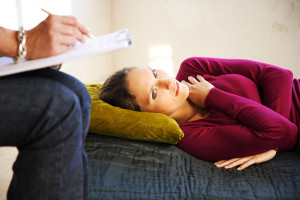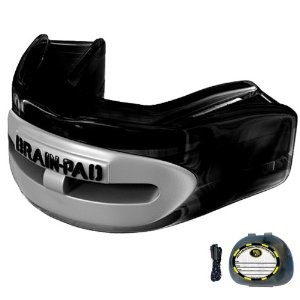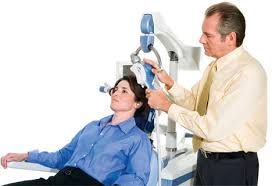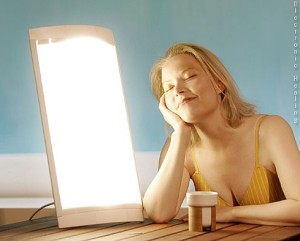Depression Therapy
Different methods for depression therapy use different techniques and approach in treating depression. Some methods are combination of two or more psychotherapy to have a holistic approach in resolving and healing the source of the problem.
People who should be taking depression therapy are those who have difficulty coping with life’s downturns and those who take so long to bounce back and move on with their lives that their daily work, routine, relationships, study and thinking are all impaired and dysfunctional.
Magnetic Therapy for Depression
Magnetic therapy for depression is also known Transcranial Magnetic Stimulation (TMS). This procedure uses magnetic fields to activate and stimulate brain nerves to improve the person’s mood and alleviate the symptoms of depression.
The procedure starts by placing electromagnetic coil over your forehead to your scalp. The electromagnet uses transcranial magnetic stimulation to stimulate the area of the brain that controls your mood and causes the onset of depression.
This treatment has been recently accepted by the Food and Drug Administration in 2008 and has gained more interest in expanding through further studies on its long term effects and possible side effects. This is considered the least invasive way of therapy for depression.
Depression Light Therapy
Depression light therapy is a procedure that uses a light box that mimics the different intensity of the sunlight. People living in countries with winter and fall are often affected with Seasonal Affective Disorder (SAD). SAD often occurs when long and cold days and nights affect the moods and behaviors of the people. Less exposure to sunlight usually leads symptoms of depression. This is primarily a change in the “phase-shift” of the body’s circadian rhythm or its normal response to day light and night time. When its cold season, the body response is to slow down and makes you stay in bed longer and makes you over eat and oversleep even when the wall clock tells you it’s time to get up.
Electric Shock Therapy for Depression
Electric shock therapy for depression is done to patients with major chronic depression. These are patients who have no progress in standard psychotherapy treatments. The theory behind electric shock therapy is that a needed amount of electricity to induce a “brain reset” and alleviate symptoms of depression through stimulating the brain nerves responsible for producing the symptoms. It is considered as the most effective and safest way to treat depression. The procedure is done under general anesthesia. A light current passes from the electrodes to the brain that resets the brain with a brief onset of seizure.
Sleep Apnea and Depression
Depressed people often exhibit sleep apnea while sleeping. This is a sleeping disorder that is characterized as periodical cessation of breathing throughout sleep. There are many causes of sleep apnea. One of the most common causes is associated with obesity. The tongue slides to the back of the mouth blocking the throat and airwaves. This is a fatal condition in which the person is at risk of difficulty breathing and more dangerously cessation of breathing that would lead to cardiac and lung arrest. There are many remedies for this problem and one of them is the use of sleep apnea mouth guard that prevents the tongue from blocking the airwaves in the throat.
Depression is treatable with the right proven therapeutic interventions and sometimes the person who needs help doesn’t recognize that he/she needs a professional depression therapy for his/her depression. A gentle approach is appropriate to initiate an evaluation by the counselor. Nonetheless, the earlier depression is treated; the better is the chance to recover.



